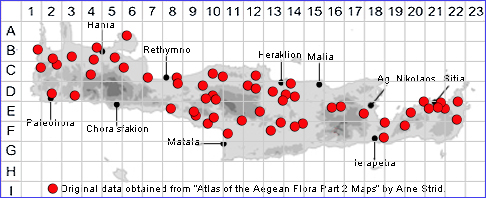SPECIES DESCRIPTION
LINUM BIENNE
Family and Genus:- See- LINACEAE/Sect. LINUM
Common Names:- Pale flax
Homotypic Synonyms:- Linum angustifolium
Meaning:- Linum (L) Ancient name for flax.
Bienne (L) Biennial.
General description:- A tufted, low to medium, hairless biennial or perennial.
Stems:-
1) 20-50 cm, slender, simple or often branched from the base and sparingly so
above, ascending to erect.
Leaves:-
1) Alternate, simple, linear-lanceolate, 8-15 x 1-2 mm, 1-3-veined, entire, 1 to
3 veined, smooth edged, sessile, tightened against the stem over all its length,
acuminate.
Flower:-
1) Corolla, with 5 free petals from 7-15 mm long, pale blue or violet blue, striped
with darker blue, 2-3 times longer than the sepals.
2) Sepals, 5, 4-5·5 mm, subequal, ovate-acuminate, with a conspicuous midvein;
a) inner sepals, margins, scarious, and ciliate.
b) outer sepals, margins, entire.
3) Calyx, 5 mm long at the most, with a central vein protruding.
4) Stigmas, linear.
Fruit:-
1) Capsule, 4-6 mm, subglobose; beak c. 1 mm, acuminate, homostylous.
Key features:-
1) Sepals, shortly acuminate.
2) Petals, blue.
3) Stems, several.
4) Capsule, 4-6 mm.
Habitat:- Sandy coastal habitats, grassy meadows, rocky slopes with dry open
shrubby vegetation and open scrub, road verges. 0-1100 m.
Distribution:- Widespread and common throughout the Mediterranean.
Widespread and common on Crete.
Flowering time:- Late Mar to mid-June.
Photos by:- Steve Lenton.

